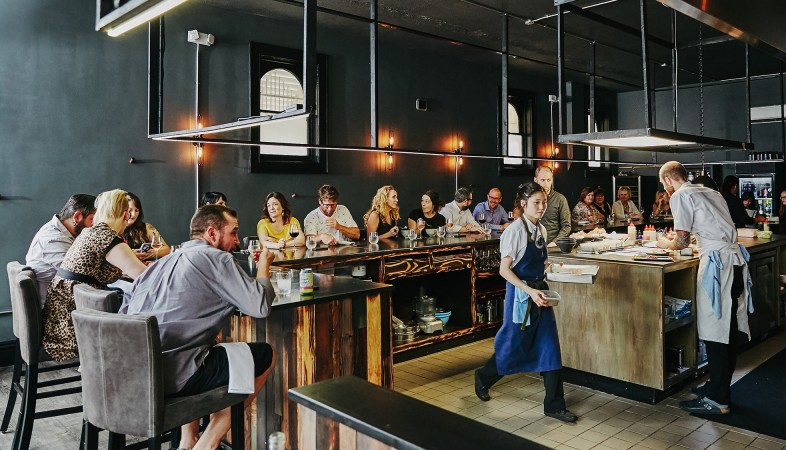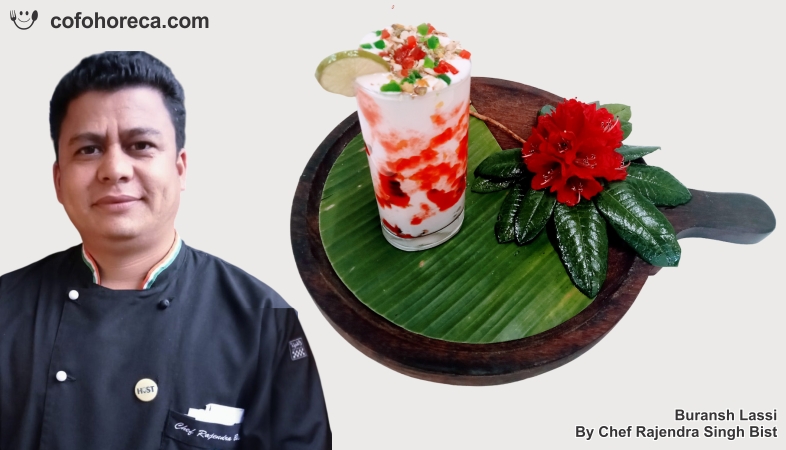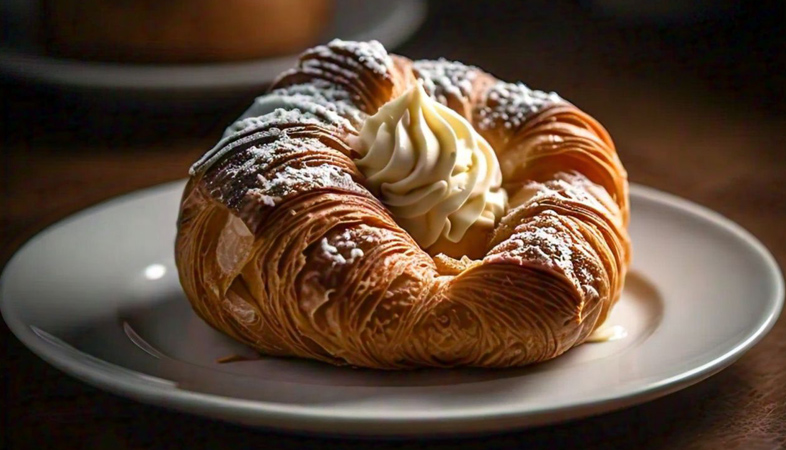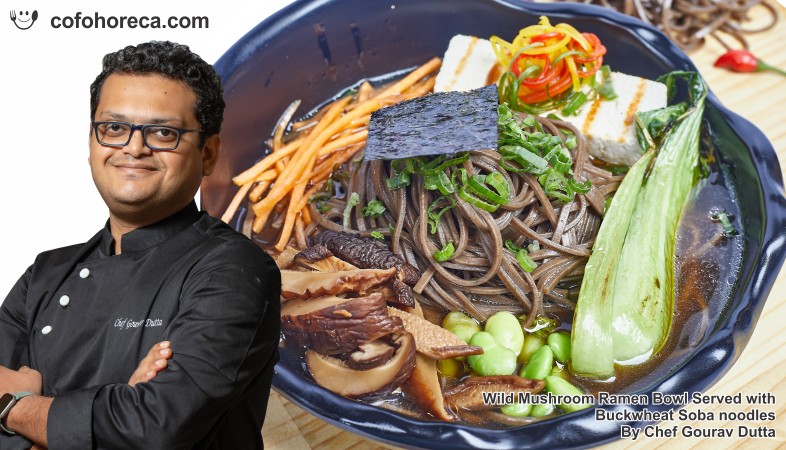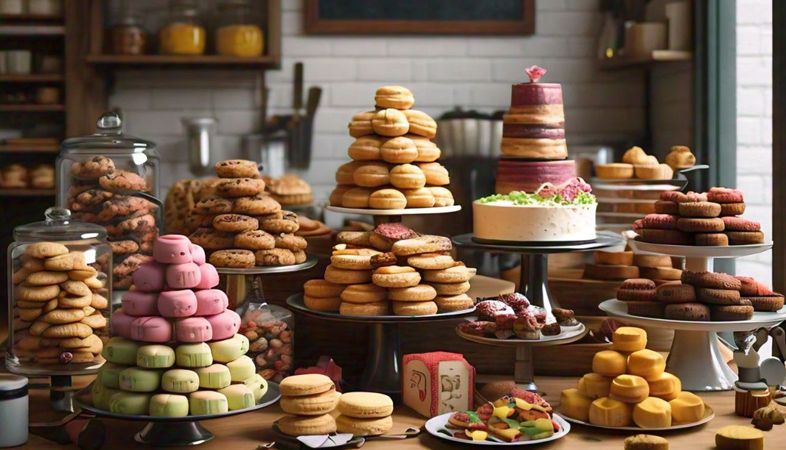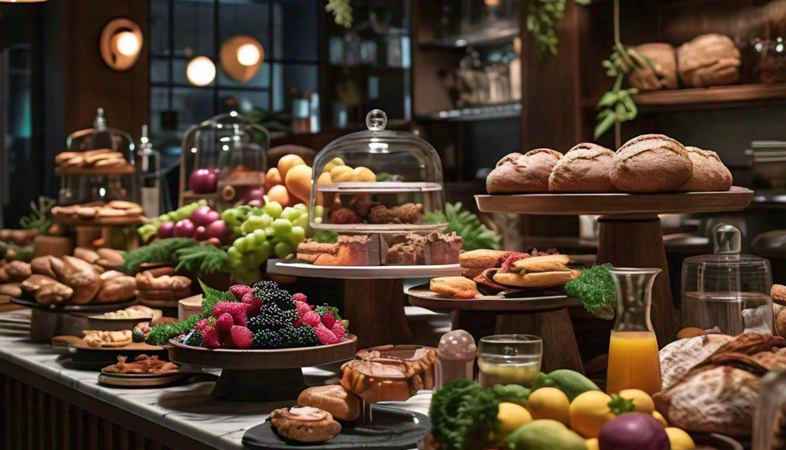SHARE
Commercials
More Posts
May 16, 2025
Buransh Lassi - By Chef Rajendra Singh Bisht
Jun 14, 2025
Creating Feel-Good Interiors for Hotels
Jun 22, 2025
Customized Cupcakes: A New Avenue for Bakers
Jan 29, 2025
Sumit Kumar Joins Radisson Blu as Restaurant Manager
May 16, 2025
Buransh Lassi - By Chef Rajendra Singh Bisht
Jun 14, 2025
Creating Feel-Good Interiors for Hotels
Jun 22, 2025
Customized Cupcakes: A New Avenue for Bakers
Jan 29, 2025
Sumit Kumar Joins Radisson Blu as Restaurant Manager
May 16, 2025
.png)





